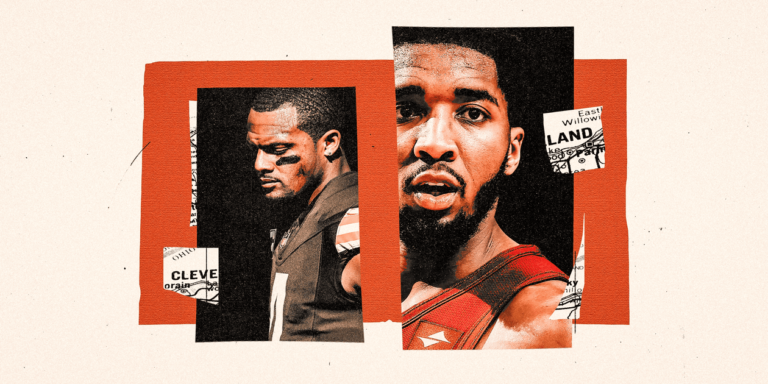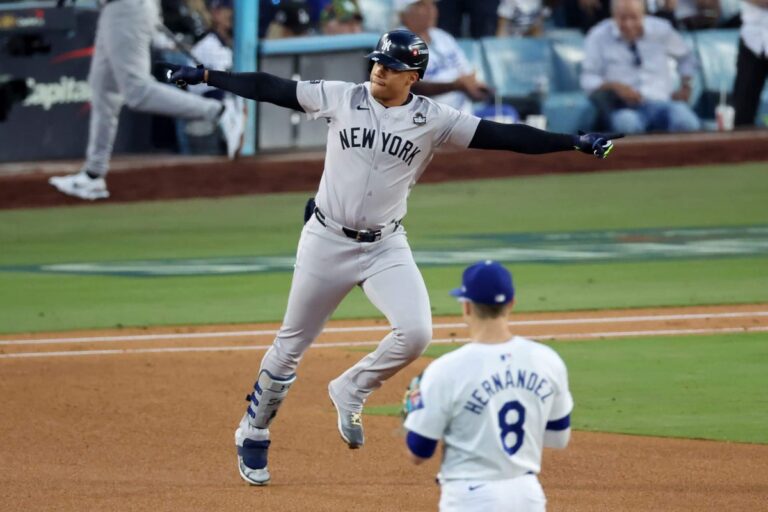Here is the text without any formatting:
The Golden State Warriors’ regular season will end on a Sunday afternoon at Chase Center in one of Draymond Green’s favorite matchups. Against the LA Clippers. It will likely have postseason implications, so Green will no doubt be intense.
But it’s not one of his favorites for the matchup against Ivica Zubac, the bruising center he’ll have to face. Or Kawhi Leonard. Or James Harden. No, Green loves the matchup because of opposing head coach Ty Lue.
“When I’m playing against his teams,” Green said, “I feel like it’s a chess match with me and him.”
It’s a window into why Green is here, at 35 years old, still playing stellar enough defensively to be worthy of Defensive Player of the Year consideration. He’s not as fast as he once was, not as explosive as when he last won the award in 2017. His body has endured, is enduring, the typical wear and tear of a career over a thousand games long.
But Green compensates with his mind. Always a high-IQ player, Green’s advanced knowledge, accrued through six NBA Finals trips and four championships, has evolved him into an algorithmic deconstructor of offenses.
He still has some tangible strengths. He’s strong. He remains spry. He also has a 7-foot-2 wingspan he wields like a weapon. It compensates for him being only 6-foot-6. Sometimes, he’ll guard people with one hand in the air, like a fly swatter.
But the activation of these tools is his special trick. It ain’t checkers. Not to Green. He doesn’t want to win matchups; he wants to disrupt whole schemes. He doesn’t see his battle with the players on the court but with the aim of what they want to accomplish.
“Every offense in the NBA is built to put (defensive) players in a rotation,” Green said. “So if I know that, and I know the rotation… if I see that y’all are doing this or y’all (are) doing this to get to that? Great. I’m going to stand right there and f— this whole play up.
“I want everything that y’all thought y’all was going to come in this game and do, I want to take all of that s— off the table. That’s why I talk to the coaches so much…. This is my little battle with the coach. I want to f— your s— up. It’s no hard feelings. I’m always bantering and talking. But I want you to know that your offensive game plan, I wanna f— it up…. Completely destroy your offensive game plan, and then I want to let you know about it.”
What goes into the monkey-wrenching of defenses? Green sat down and broke down five plays from this season that give a window into his defensive mind. Watch the videos to hear Green’s detailed explanation.
Zion Williamson went 5 of 20 in this early season showdown, back when he was healthy and spry. Green frustrated him into a rough night. He explained how he did it, using this sequence as an example.
Williamson caught the pass as he was curling into the lane. But Green, after having watched Williamson score 31 points on 12-of-19 shooting the previous night against the Warriors, altered his approach: Give Williamson space.
“I want to give myself a little distance because he’s fast and powerful. You know, quick,” Green said. “But I don’t want to give too much distance to where the momentum of the bump that he’s going to deliver, it’s gon’ move me.”
Against taller players, such as Nikola Jokić and Anthony Davis, Green has to be close enough to get a good contest. Williamson is just 6-6. So Green could give him space and still contest thanks to his wingspan.
Williamson settled for the midrange jumper and missed badly. Wide left. He managed to get the ball back, but Green hunted him down with his fly swatter and challenged his shot. He calls it the deflector hand.
“It’s the deflector,” he said. “I need the deflector going. I’ve got to get this hand up because I’m not 7 feet. If my hand goes up late, it’s a wrap. I’m 6-5.”
Two plays — one early in the first quarter, another late in the fourth quarter — revealed the nuance of the chess Green plays.




